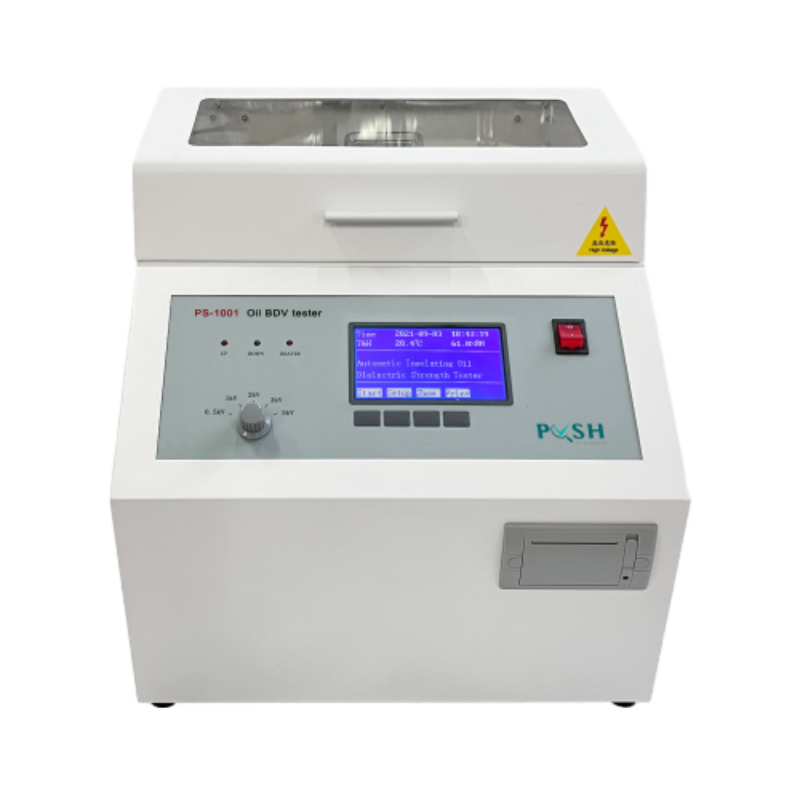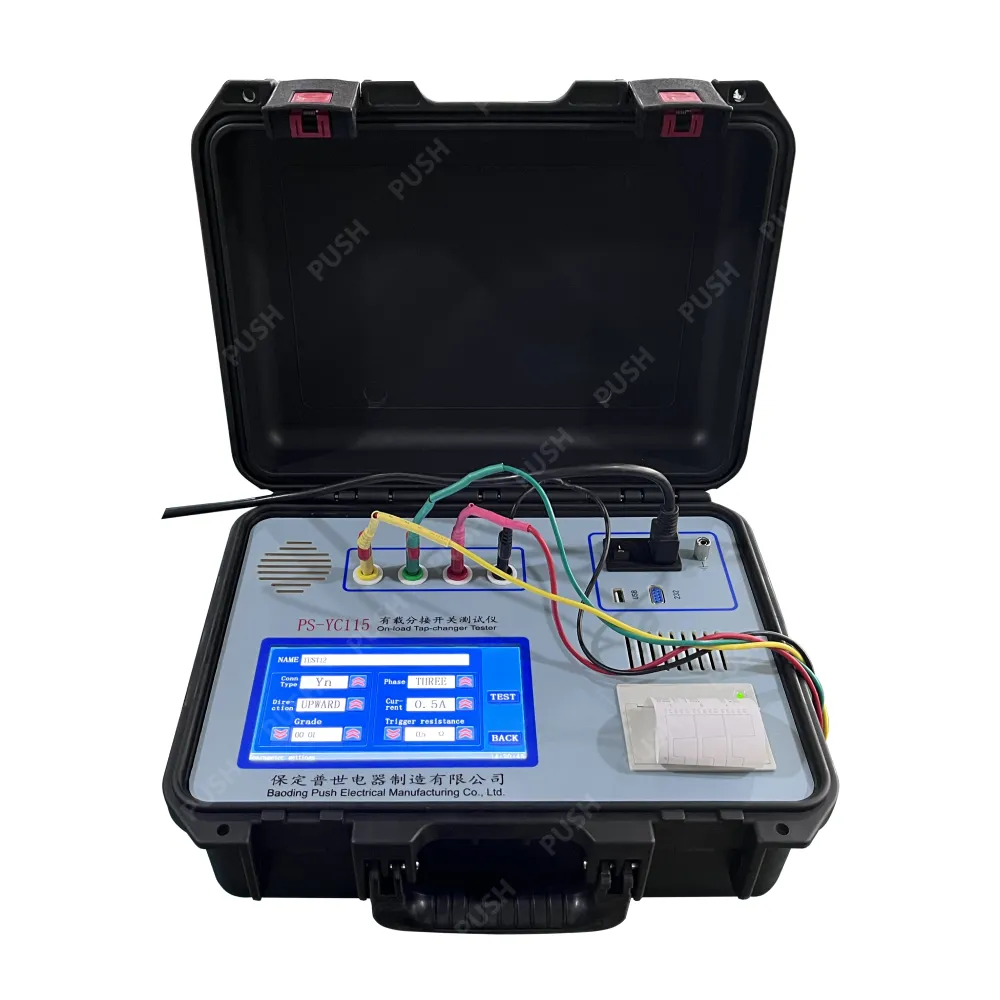TEL:
+86-0312-3189593
 English
English

Telephone:0312-3189593

Email:sales@oil-tester.com

-
 Afrikaans
Afrikaans -
 Albanian
Albanian -
 Amharic
Amharic -
 Arabic
Arabic -
 Armenian
Armenian -
 Azerbaijani
Azerbaijani -
 Basque
Basque -
 Belarusian
Belarusian -
 Bengali
Bengali -
 Bosnian
Bosnian -
 Bulgarian
Bulgarian -
 Catalan
Catalan -
 Cebuano
Cebuano -
 China
China -
 China (Taiwan)
China (Taiwan) -
 Corsican
Corsican -
 Croatian
Croatian -
 Czech
Czech -
 Danish
Danish -
 Dutch
Dutch -
 English
English -
 Esperanto
Esperanto -
 Estonian
Estonian -
 Finnish
Finnish -
 French
French -
 Frisian
Frisian -
 Galician
Galician -
 Georgian
Georgian -
 German
German -
 Greek
Greek -
 Gujarati
Gujarati -
 Haitian Creole
Haitian Creole -
 hausa
hausa -
 hawaiian
hawaiian -
 Hebrew
Hebrew -
 Hindi
Hindi -
 Miao
Miao -
 Hungarian
Hungarian -
 Icelandic
Icelandic -
 igbo
igbo -
 Indonesian
Indonesian -
 irish
irish -
 Italian
Italian -
 Japanese
Japanese -
 Javanese
Javanese -
 Kannada
Kannada -
 kazakh
kazakh -
 Khmer
Khmer -
 Rwandese
Rwandese -
 Korean
Korean -
 Kurdish
Kurdish -
 Kyrgyz
Kyrgyz -
 Lao
Lao -
 Latin
Latin -
 Latvian
Latvian -
 Lithuanian
Lithuanian -
 Luxembourgish
Luxembourgish -
 Macedonian
Macedonian -
 Malgashi
Malgashi -
 Malay
Malay -
 Malayalam
Malayalam -
 Maltese
Maltese -
 Maori
Maori -
 Marathi
Marathi -
 Mongolian
Mongolian -
 Myanmar
Myanmar -
 Nepali
Nepali -
 Norwegian
Norwegian -
 Norwegian
Norwegian -
 Occitan
Occitan -
 Pashto
Pashto -
 Persian
Persian -
 Polish
Polish -
 Portuguese
Portuguese -
 Punjabi
Punjabi -
 Romanian
Romanian -
 Russian
Russian -
 Samoan
Samoan -
 Scottish Gaelic
Scottish Gaelic -
 Serbian
Serbian -
 Sesotho
Sesotho -
 Shona
Shona -
 Sindhi
Sindhi -
 Sinhala
Sinhala -
 Slovak
Slovak -
 Slovenian
Slovenian -
 Somali
Somali -
 Spanish
Spanish -
 Sundanese
Sundanese -
 Swahili
Swahili -
 Swedish
Swedish -
 Tagalog
Tagalog -
 Tajik
Tajik -
 Tamil
Tamil -
 Tatar
Tatar -
 Telugu
Telugu -
 Thai
Thai -
 Turkish
Turkish -
 Turkmen
Turkmen -
 Ukrainian
Ukrainian -
 Urdu
Urdu -
 Uighur
Uighur -
 Uzbek
Uzbek -
 Vietnamese
Vietnamese -
 Welsh
Welsh -
 Bantu
Bantu -
 Yiddish
Yiddish -
 Yoruba
Yoruba -
 Zulu
Zulu
פבר . 11, 2025 23:16
Back to list
secondary injection test current transformer
The world of electrical engineering constantly evolves, with safety and efficiency being paramount. In this dynamic domain, secondary injection testing stands out as a critical procedure, especially when evaluating current transformers (CTs). Through this test, engineers and technicians can ensure the accuracy and reliability of protective relay systems. Let's delve deeper into this process’s intricacies, benefits, and the expert practices that make it indispensable.
Trustworthiness in outcomes hinges on rigorous calibration and validation processes. A foundational element of secondary injection testing involves cross-verifying relay responses with expected outcomes. This requires testers to continually update their equipment and methodologies to match evolving industry standards. Accurate testing records further enhance credibility, providing essential data for audit trails and future reference. One emerging trend bolstering the secondary injection testing process is the integration of digital solutions. New-age test sets come equipped with software that provides real-time analytics, automating error detection, and reporting functionalities. These advancements allow engineers to address potential problems proactively, ensuring that the protective relay systems are always in optimal condition. The necessity of secondary injection testing becomes glaringly apparent in scenarios where the power grid's stability might be compromised. For example, industries such as petrochemicals, mining, and large-scale manufacturing depend heavily on uninterrupted power supplies. In these sectors, relay system failures can lead to catastrophic downtimes and safety hazards. Hence, routine secondary injection testing can be viewed as not just a measure of maintenance but as a proactive strategy for operational resilience. In summary, secondary injection testing of current transformers epitomizes a blend of safety, precision, and technological advancement. For those in the electrical engineering field, it offers an invaluable approach to ensuring that protective relay systems are not just ready to respond to fault conditions, but are optimized for efficiency and reliability. As industry reliance on relay systems continues to grow, the role of secondary injection testing will remain critical, underscoring its importance in safeguarding modern electrical infrastructures.


Trustworthiness in outcomes hinges on rigorous calibration and validation processes. A foundational element of secondary injection testing involves cross-verifying relay responses with expected outcomes. This requires testers to continually update their equipment and methodologies to match evolving industry standards. Accurate testing records further enhance credibility, providing essential data for audit trails and future reference. One emerging trend bolstering the secondary injection testing process is the integration of digital solutions. New-age test sets come equipped with software that provides real-time analytics, automating error detection, and reporting functionalities. These advancements allow engineers to address potential problems proactively, ensuring that the protective relay systems are always in optimal condition. The necessity of secondary injection testing becomes glaringly apparent in scenarios where the power grid's stability might be compromised. For example, industries such as petrochemicals, mining, and large-scale manufacturing depend heavily on uninterrupted power supplies. In these sectors, relay system failures can lead to catastrophic downtimes and safety hazards. Hence, routine secondary injection testing can be viewed as not just a measure of maintenance but as a proactive strategy for operational resilience. In summary, secondary injection testing of current transformers epitomizes a blend of safety, precision, and technological advancement. For those in the electrical engineering field, it offers an invaluable approach to ensuring that protective relay systems are not just ready to respond to fault conditions, but are optimized for efficiency and reliability. As industry reliance on relay systems continues to grow, the role of secondary injection testing will remain critical, underscoring its importance in safeguarding modern electrical infrastructures.
Previous:
Latest news
-
Testing Equipment Industry Sees Major Advancements in 2025: Smart & Precision Technologies Lead the WayNewsJun.06,2025
-
Applications of Direct Current Generators in Renewable Energy SystemsNewsJun.05,2025
-
Hipot Tester Calibration and Accuracy GuidelinesNewsJun.05,2025
-
Digital Circuit Breaker Analyzer Features and BenefitsNewsJun.05,2025
-
Benefits of Real-Time Power Quality Monitoring Devices for Industrial EfficiencyNewsJun.05,2025
-
Earth Fault Loop Testing in High-Rise Building Electrical SystemsNewsJun.05,2025



